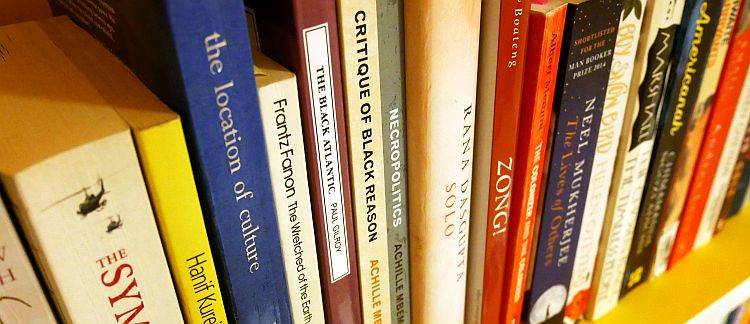Diversity in the English curriculum
The School of English acknowledges calls for reading lists that contain more women, black, Asian and minority ethnic (BAME) writers, and supports the demand for greater diversity in the curriculum.
The School has long recognised that study of literature is enhanced by diverse voices and perspectives, but appreciates that more can be done. Visibility is important and positioning women, black, Asian and minority ethnic writers as the producers of culture and knowledge is a valuable step towards redressing historical inequalities.

Greater diversity in the curriculum does not mean rejecting the canon. It means re-opening the canon to include forgotten texts and new voices which might otherwise be unheard. Diversifying the curriculum means creating a space in which women, black, Asian and minority ethnic writers can co-exist alongside their white, male counterparts. It means refocusing our critical approaches and fostering a more nuanced understanding of canonical works: reading between the lines, to evoke the Palestinian literary critic, Edward Said, in order to understand the power hierarchies that make certain world-views possible.
The resources collected in these pages have been developed in consultation with our students and in response to their encouragement that the School do more to promote greater diversity in the English curriculum. The School sees this as an ongoing commitment and welcomes further comments and input from current students as we move forward - please contact one of the equality, diversity and inclusion committee chairs or your class representative.
To explore how the School's undergraduate programmes engage with diversity, view the Diversity in undergraduate modules page.